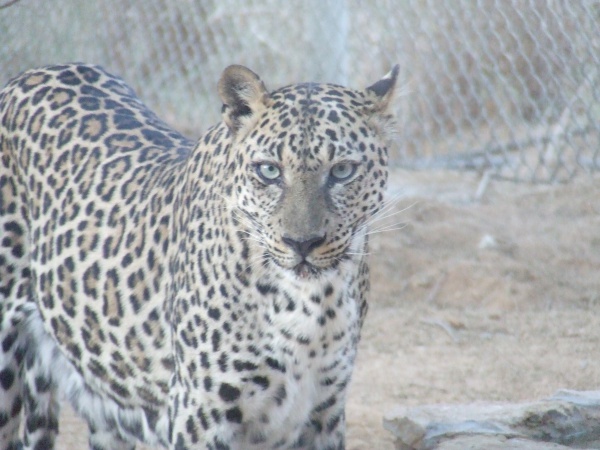Facts About Arabian leopard
The Arabian leopard, a distinct subspecies native to the Arabian Peninsula, has been classified as Critically Endangered since 1996. With fewer than 200 individuals remaining in the wild, their population is severely fragmented into small subgroups, each comprising fewer than 50 mature individuals. This leopard is the smallest of its species, easily recognizable by its unique fur coloration and size. It primarily inhabits mountainous regions and hilly steppes in countries such as Saudi Arabia, Oman, Yemen, and the United Arab Emirates.
The Arabian leopard faces numerous threats, including habitat destruction, depletion of prey, illegal hunting, and retaliatory killings by locals seeking to protect their livestock. In response to these challenges, several conservation initiatives have been implemented. Protected areas like the Jabal Samhan Nature Reserve in Oman and the Sharaan Nature Reserve in Saudi Arabia aim to safeguard the remaining populations. Additionally, captive breeding programs across the Arabian Peninsula have shown success, contributing to the conservation of the species both in captivity and in the wild.
To further support conservation, detailed studies on the leopard's ecology, habitat requirements, and behavior are essential. Engaging local communities, promoting eco-tourism, and providing compensation for livestock losses due to leopard attacks are also vital strategies. Collaborative efforts between countries and organizations, such as those in Yemen and Saudi Arabia, are crucial for the protection and preservation of the Arabian leopard. These combined measures are critical to ensure the survival and recovery of this critically endangered subspecies.

 Jordan
Jordan